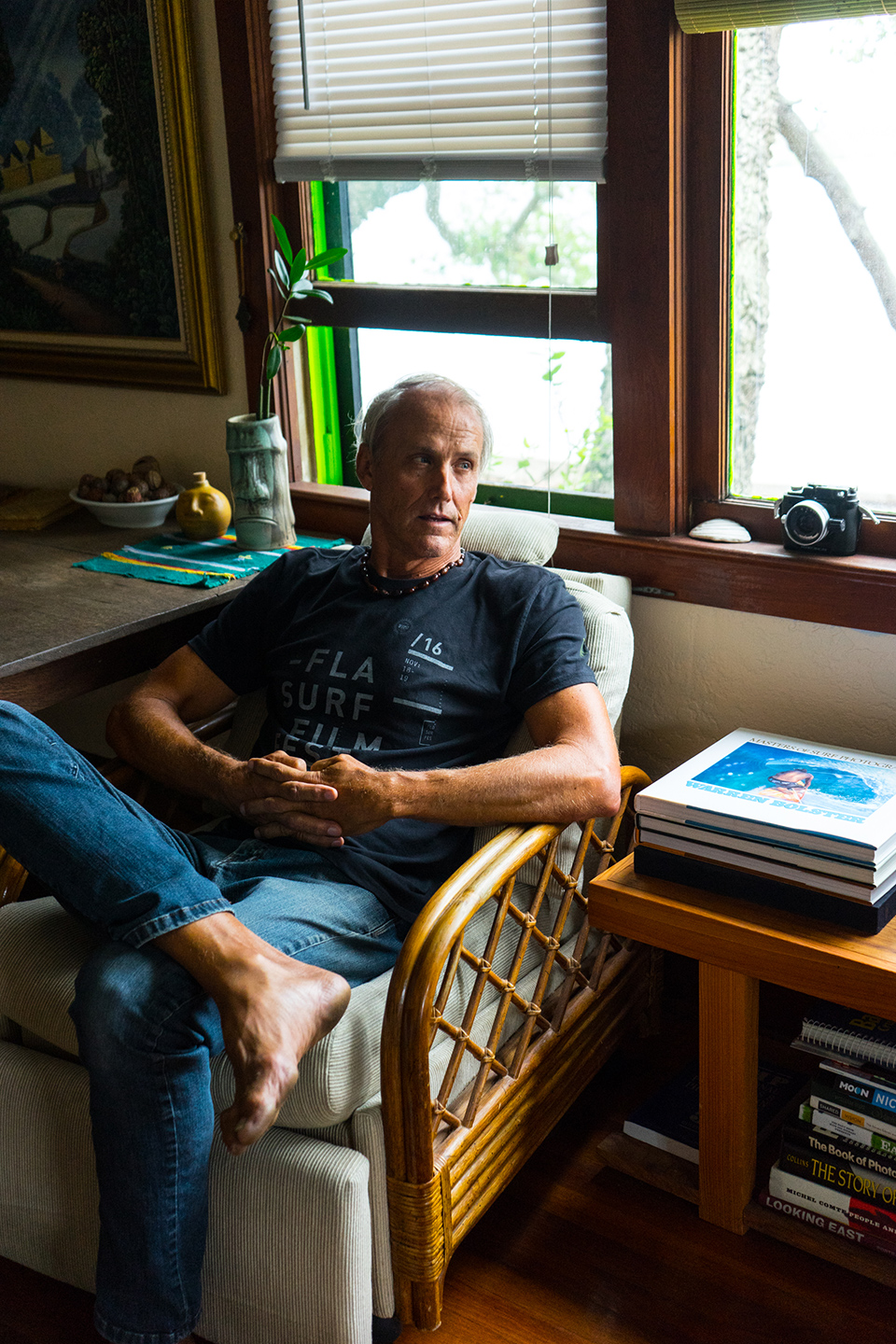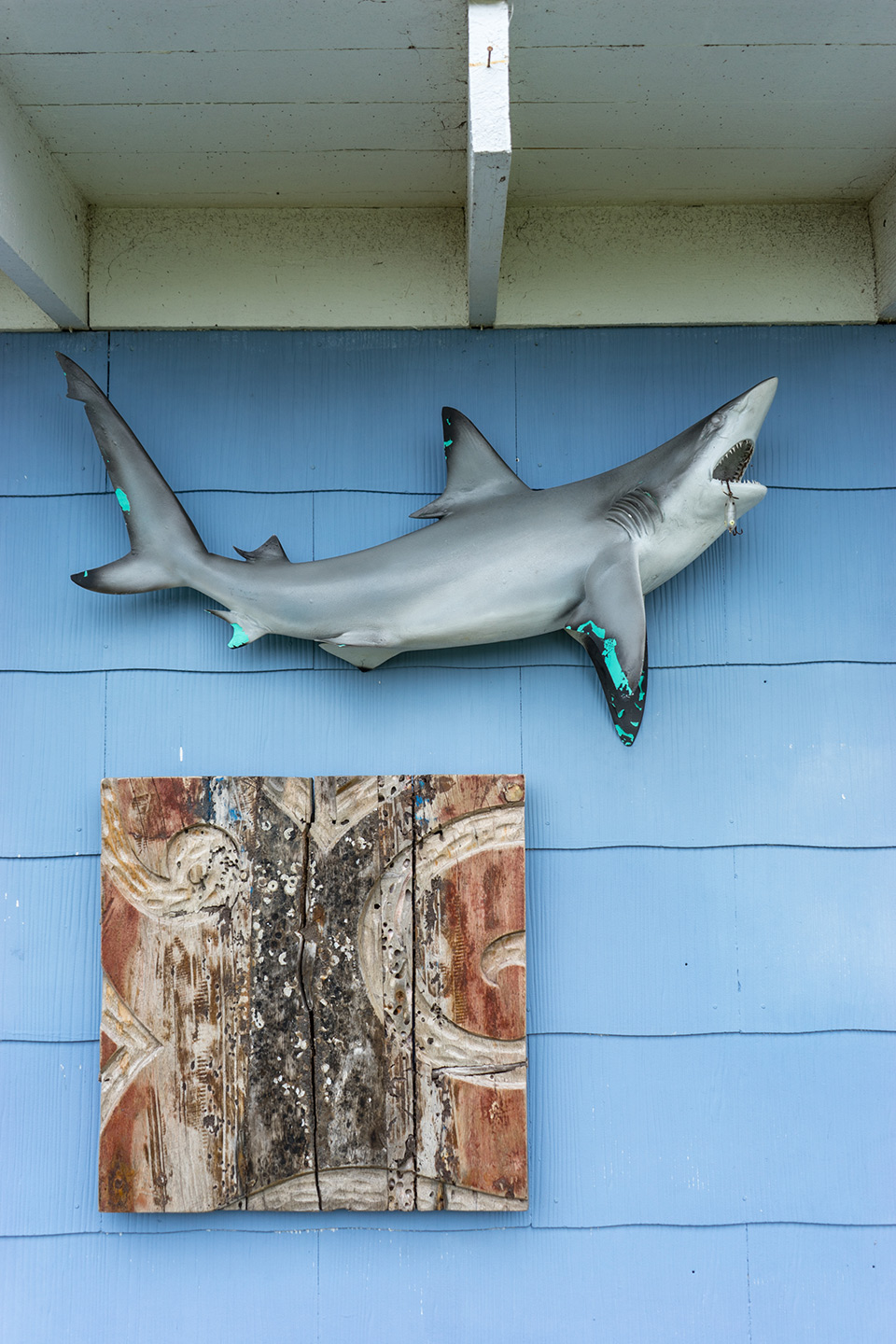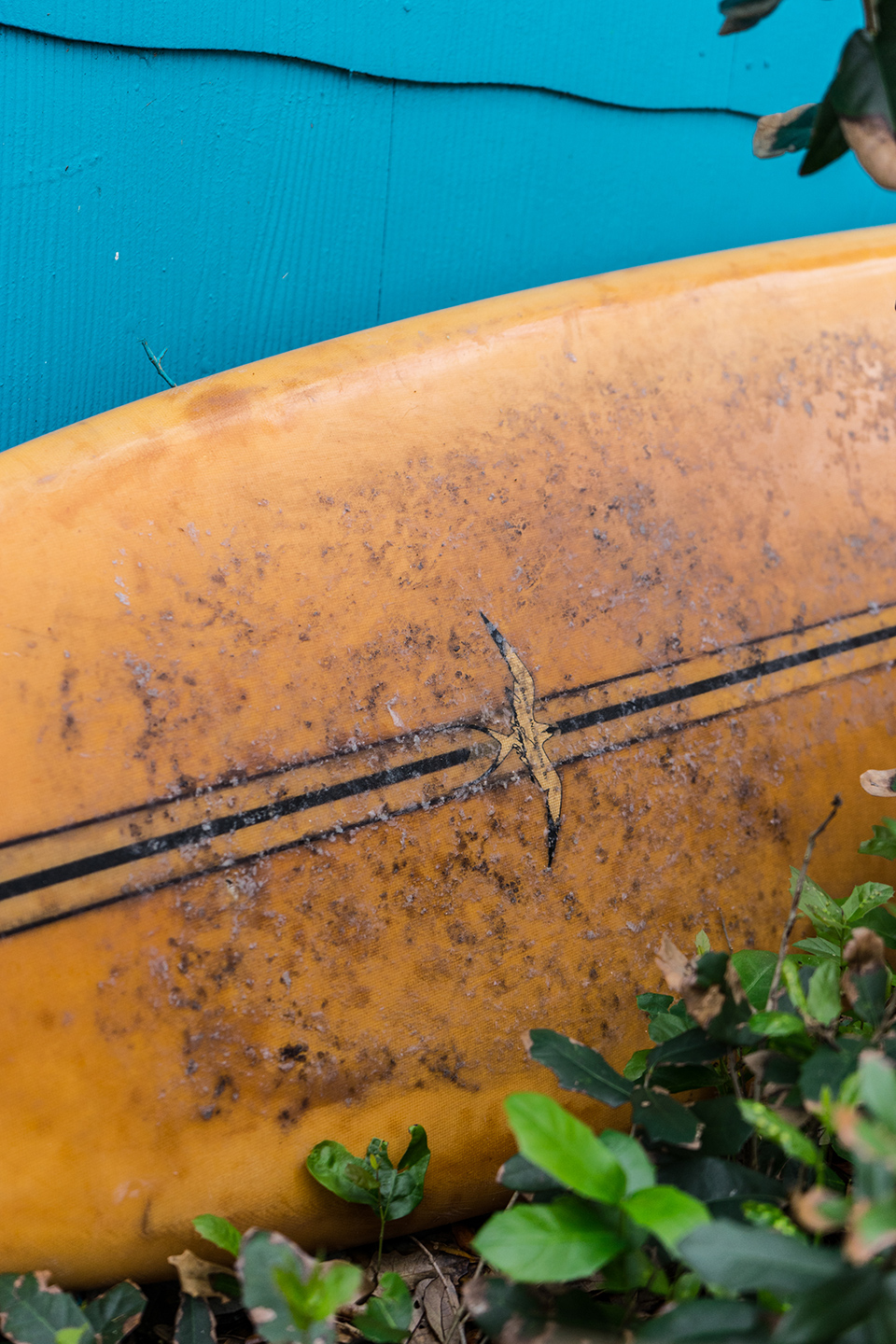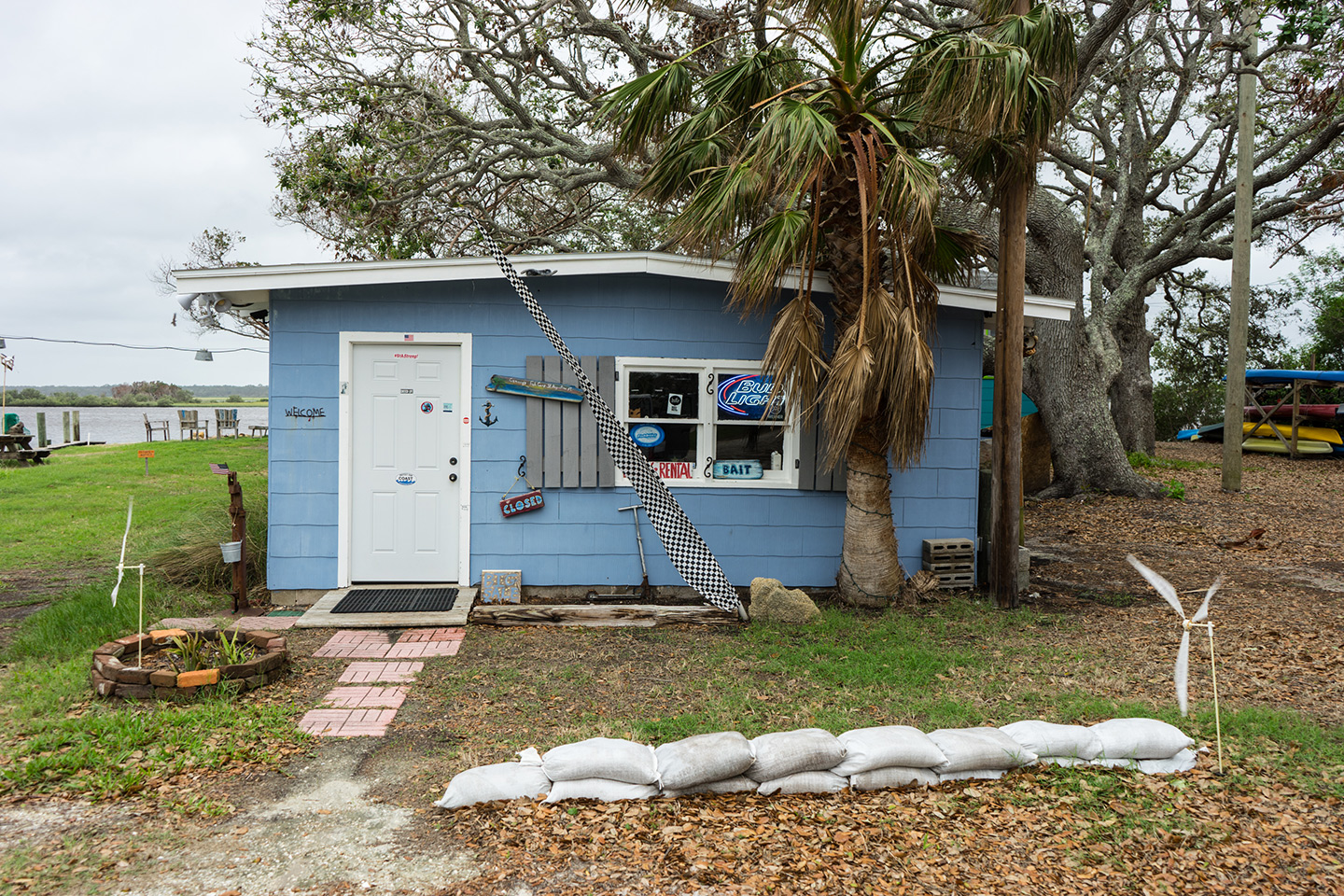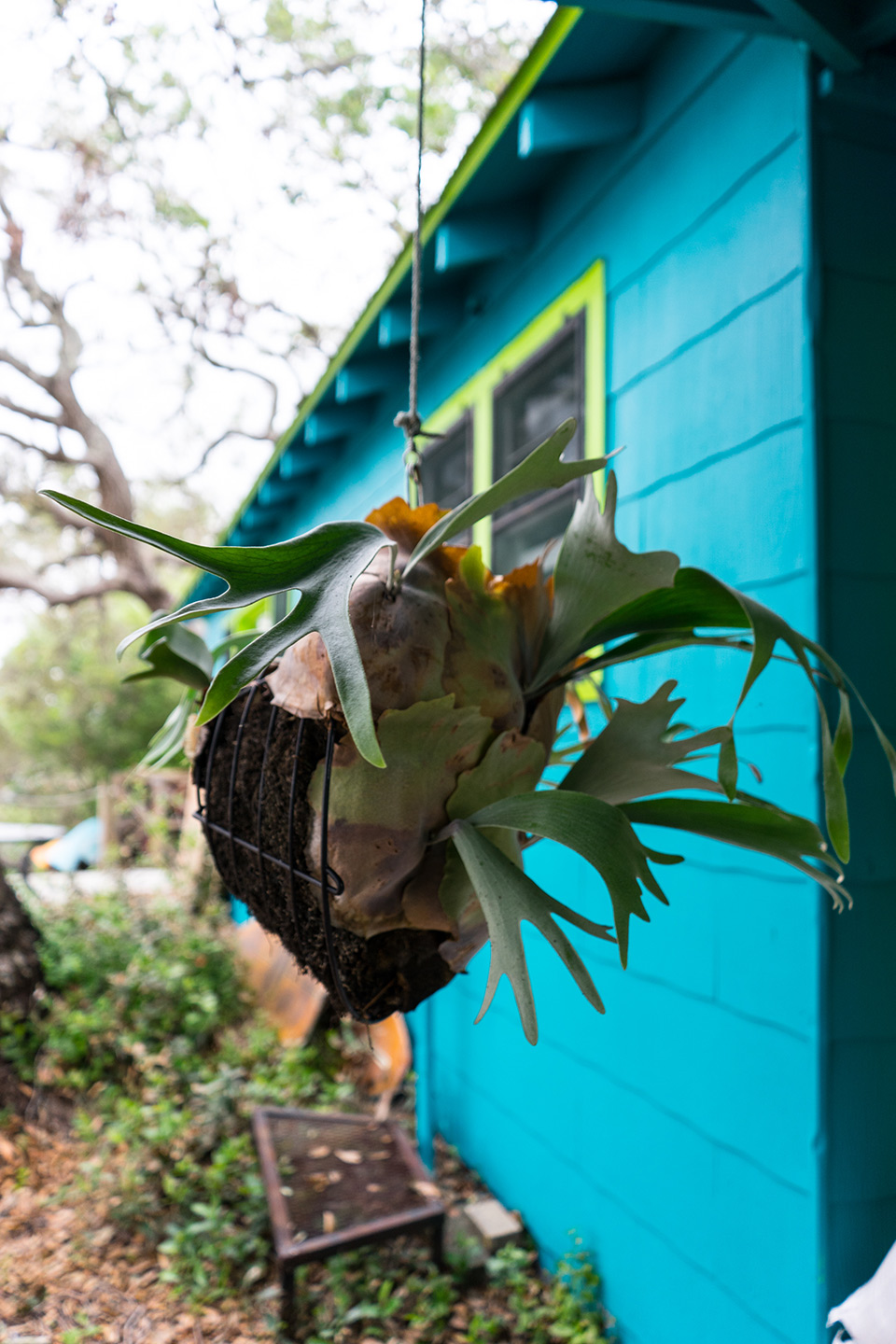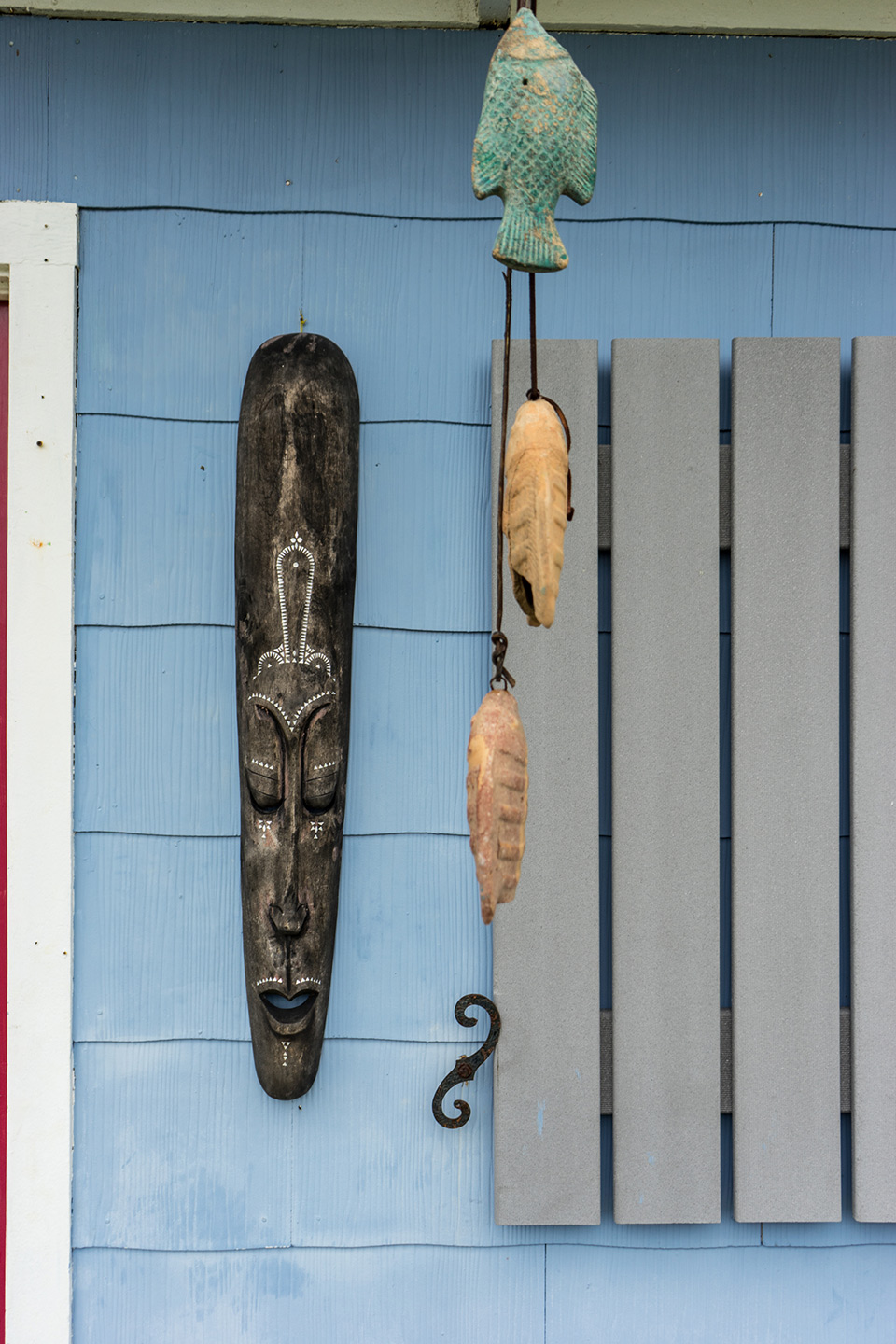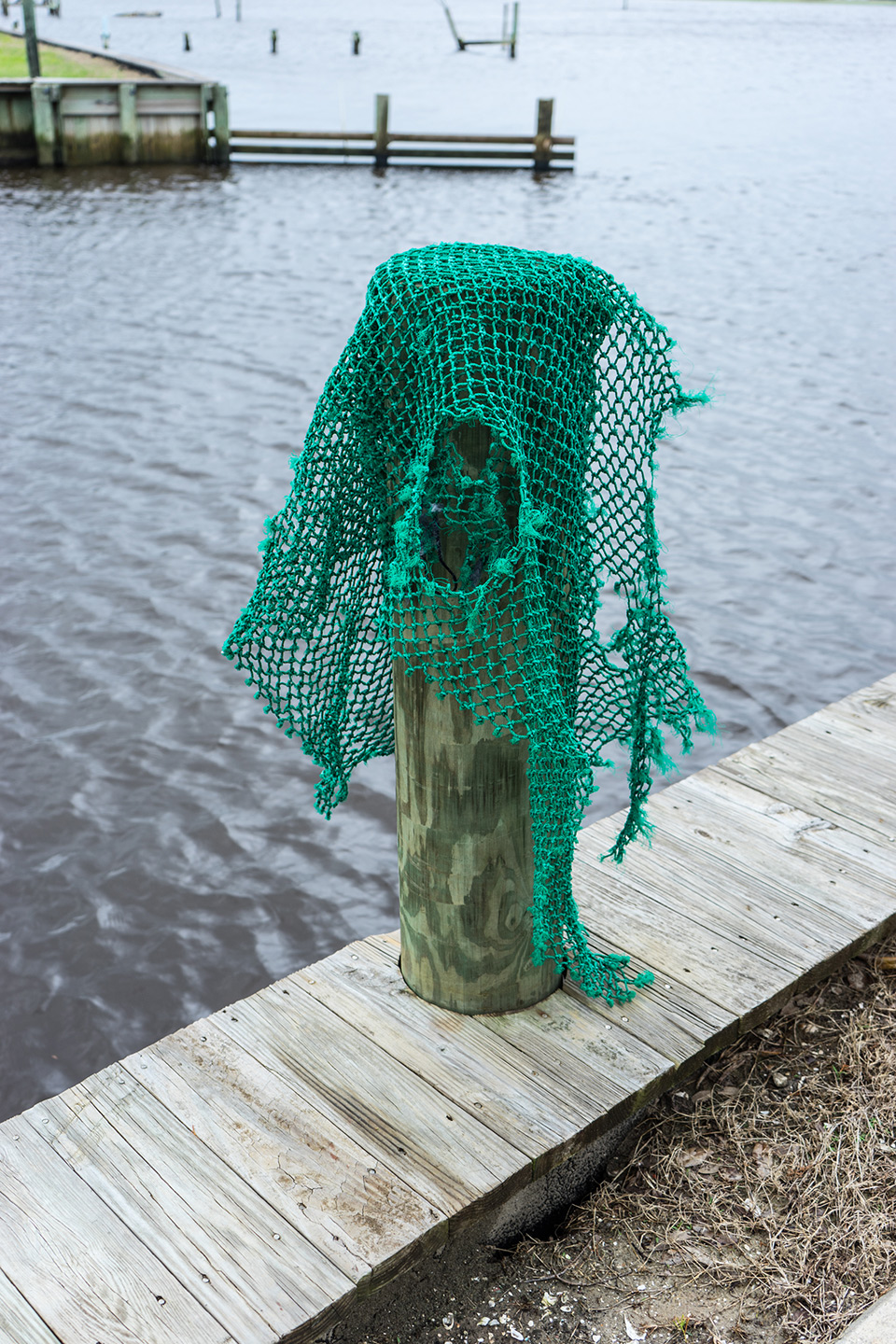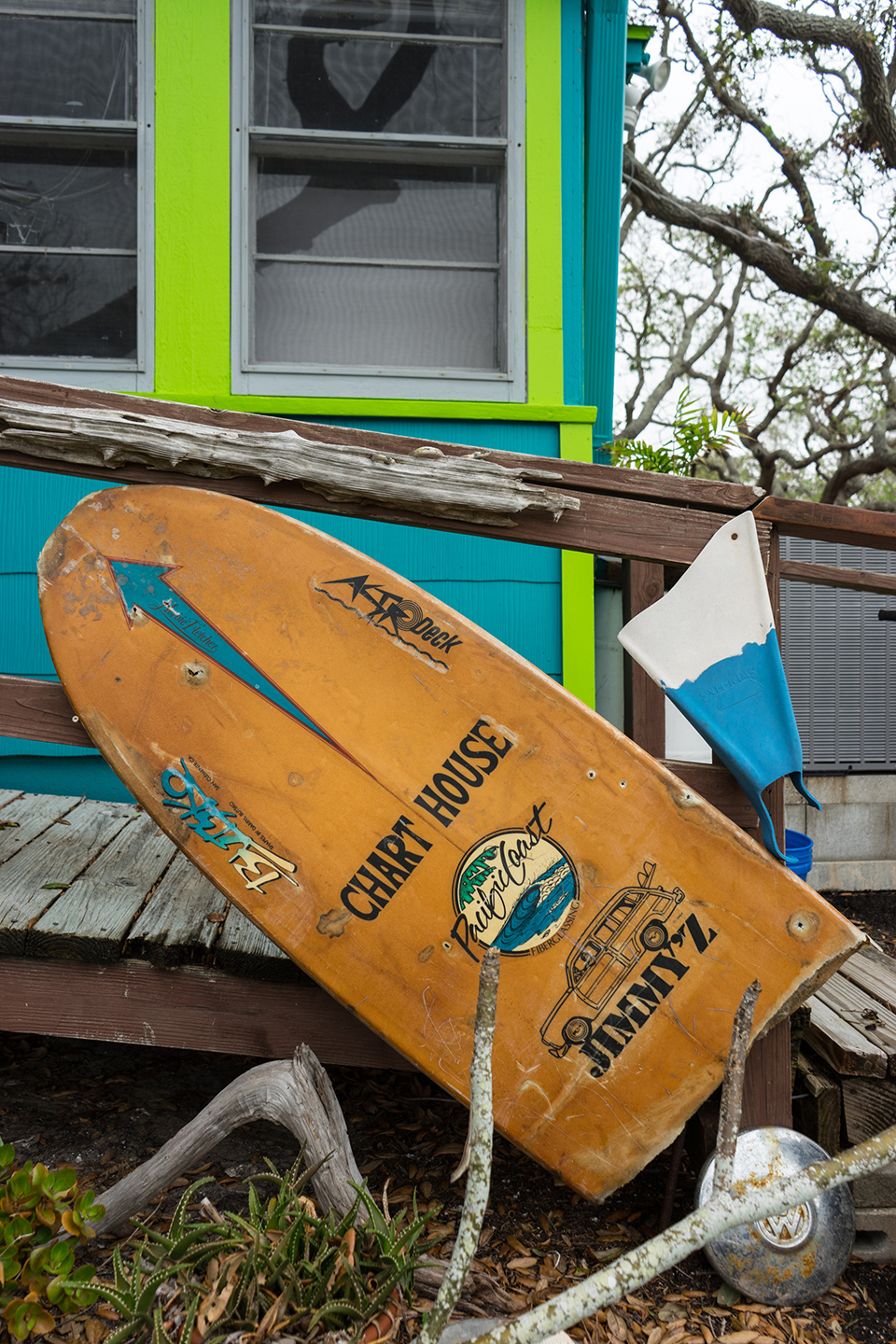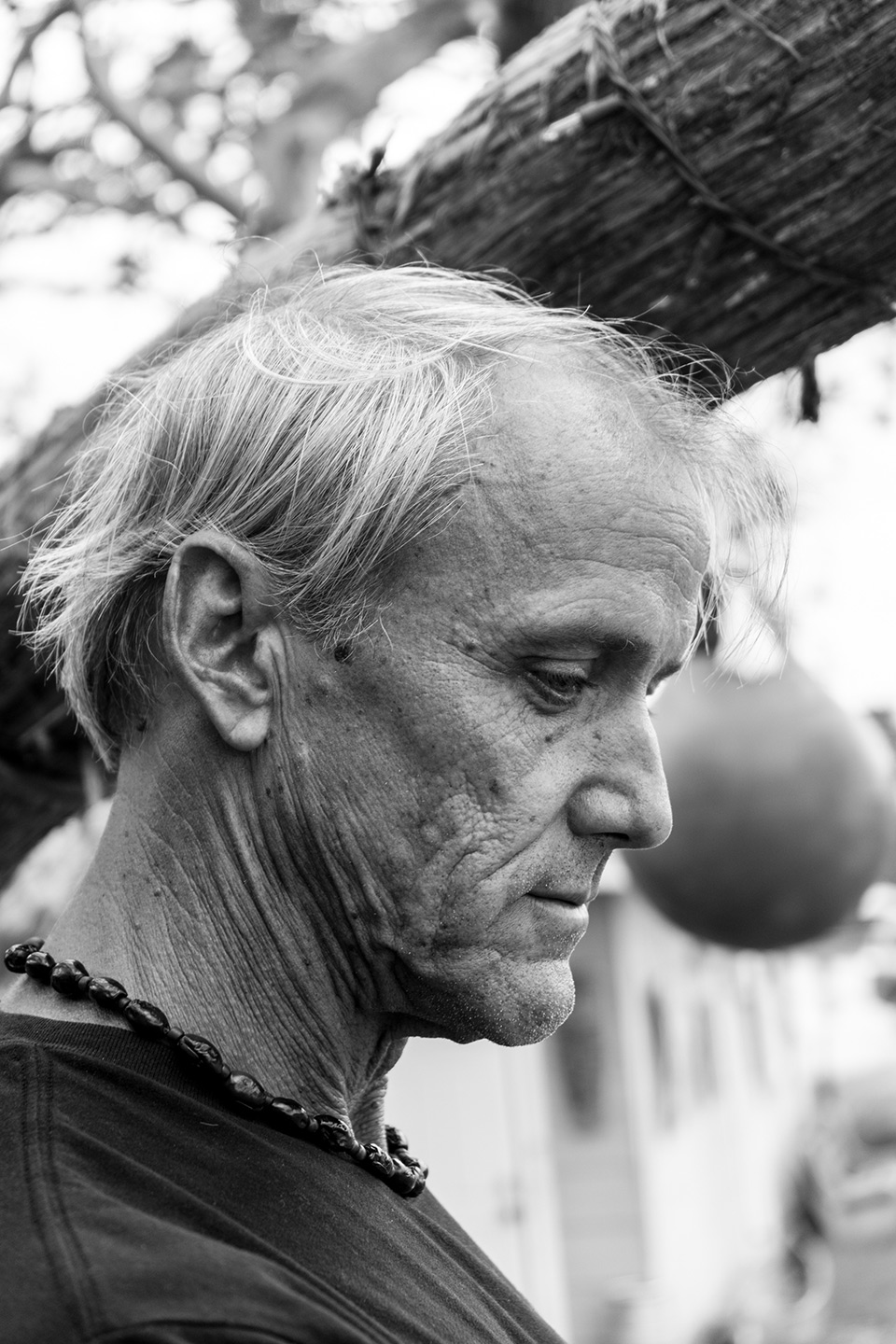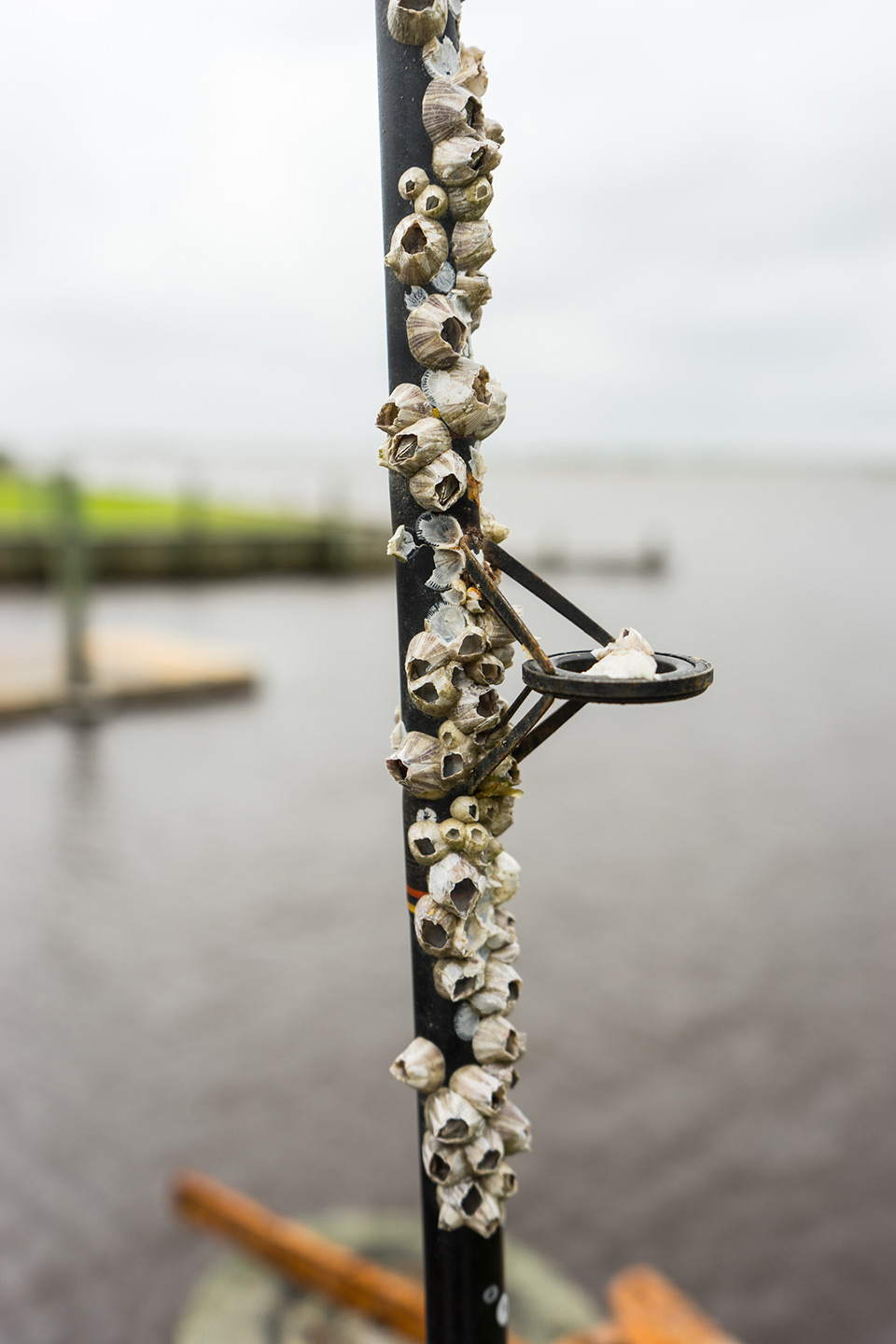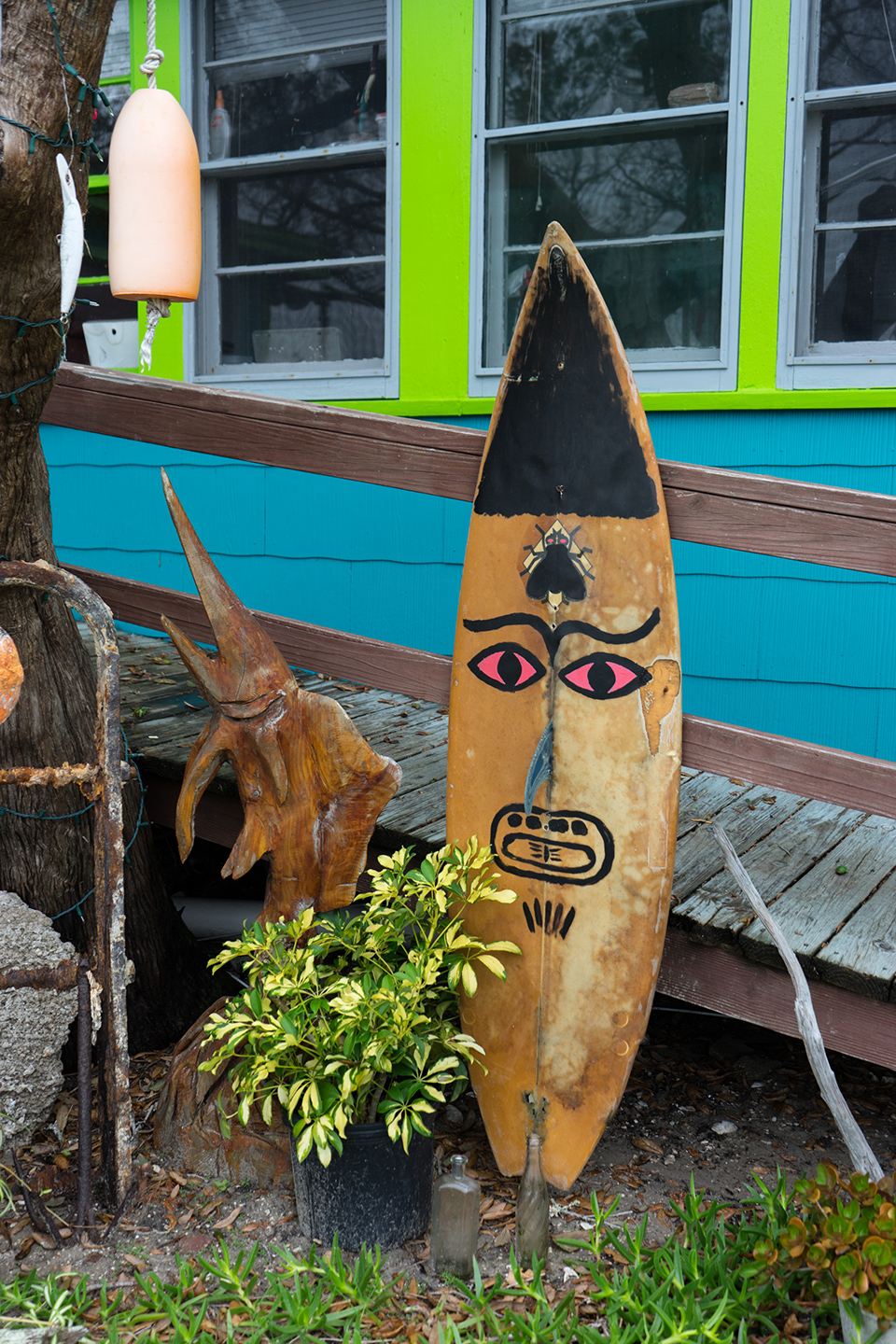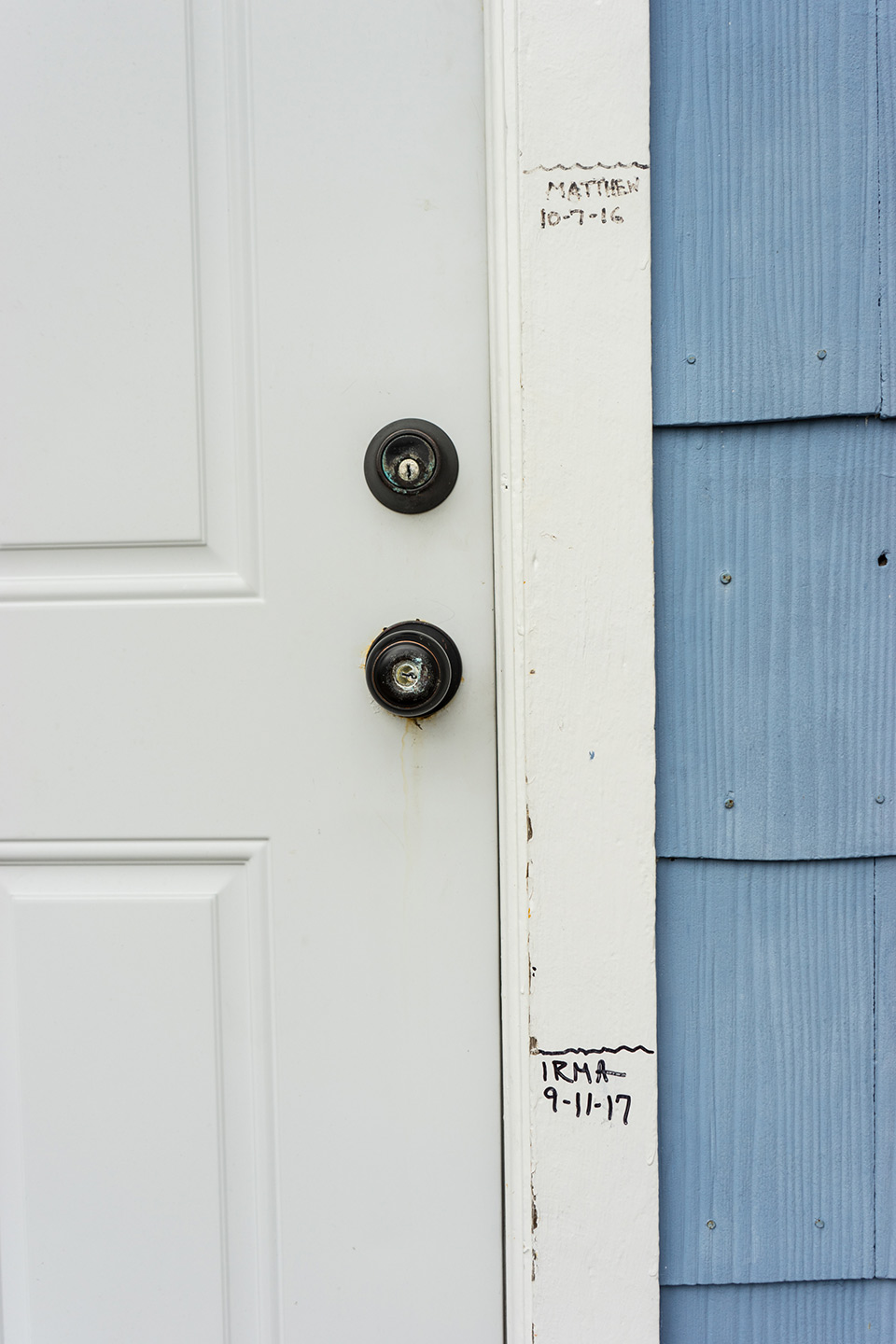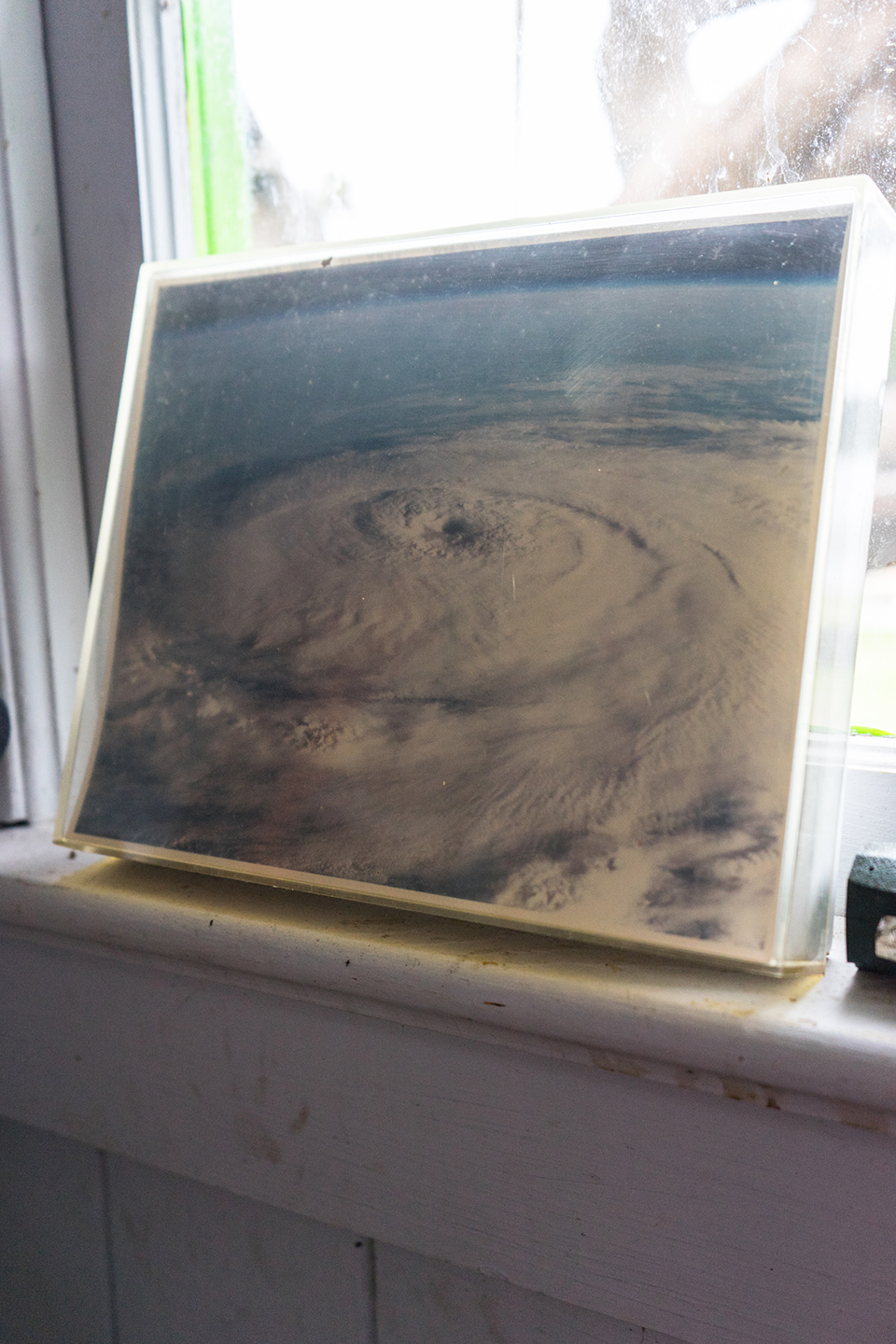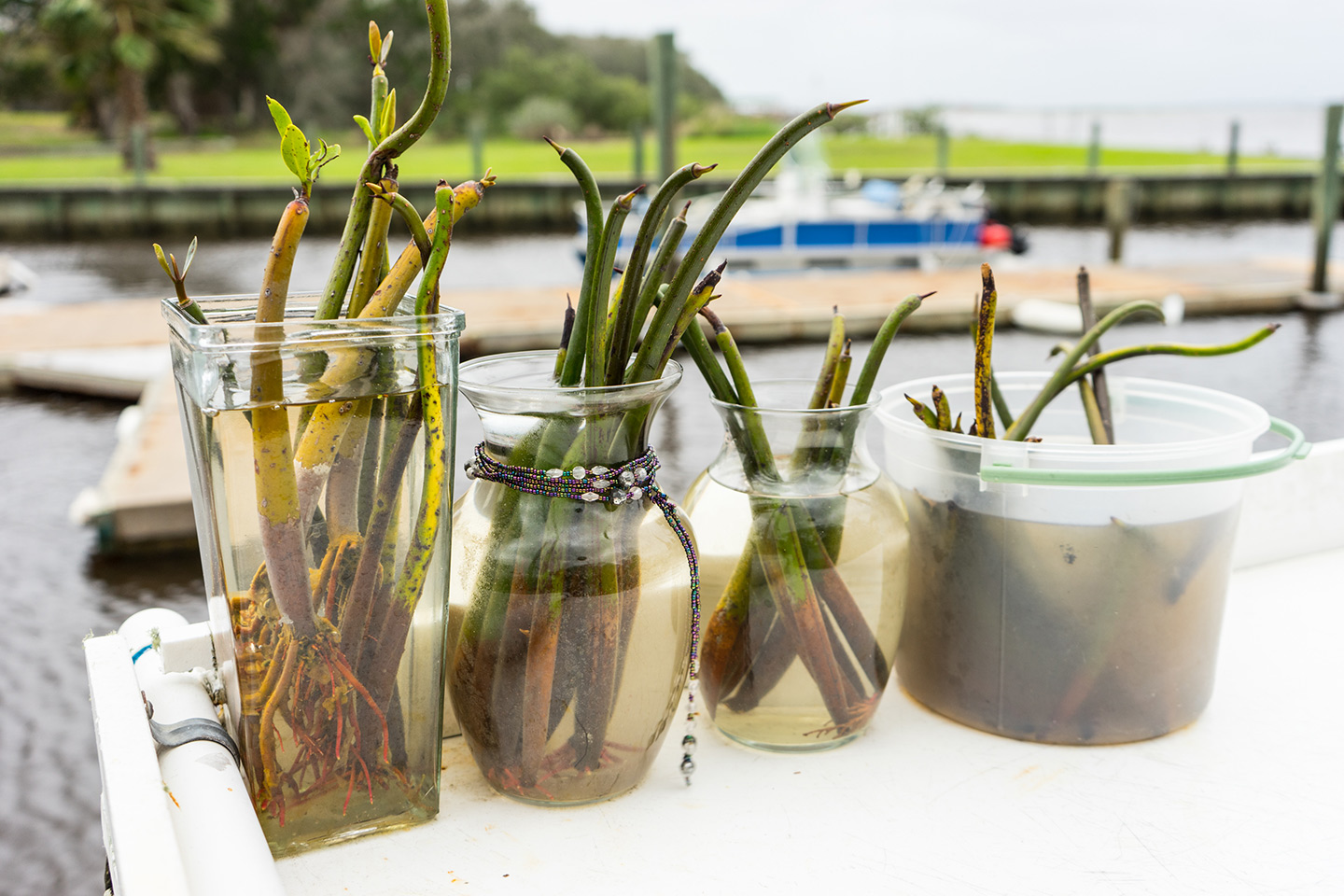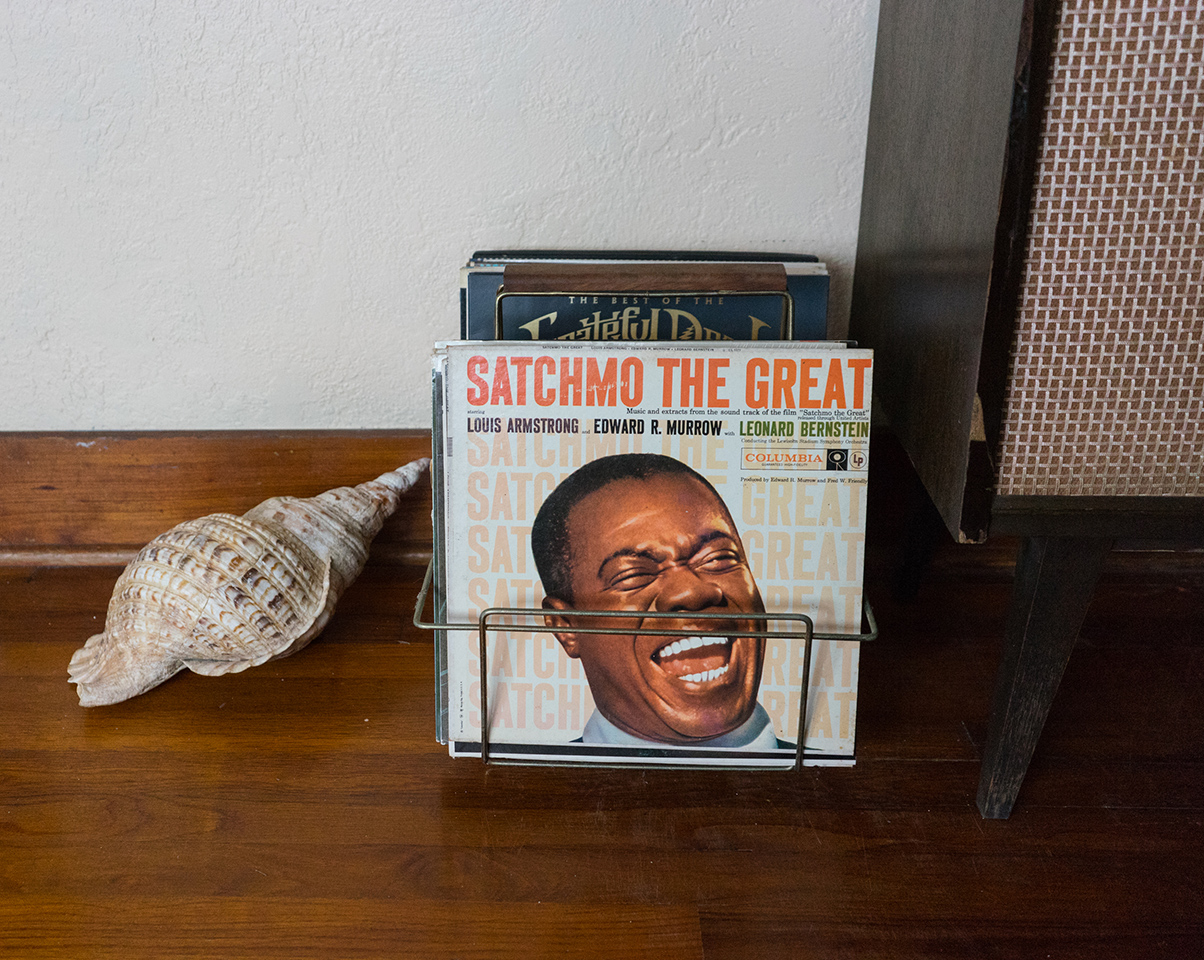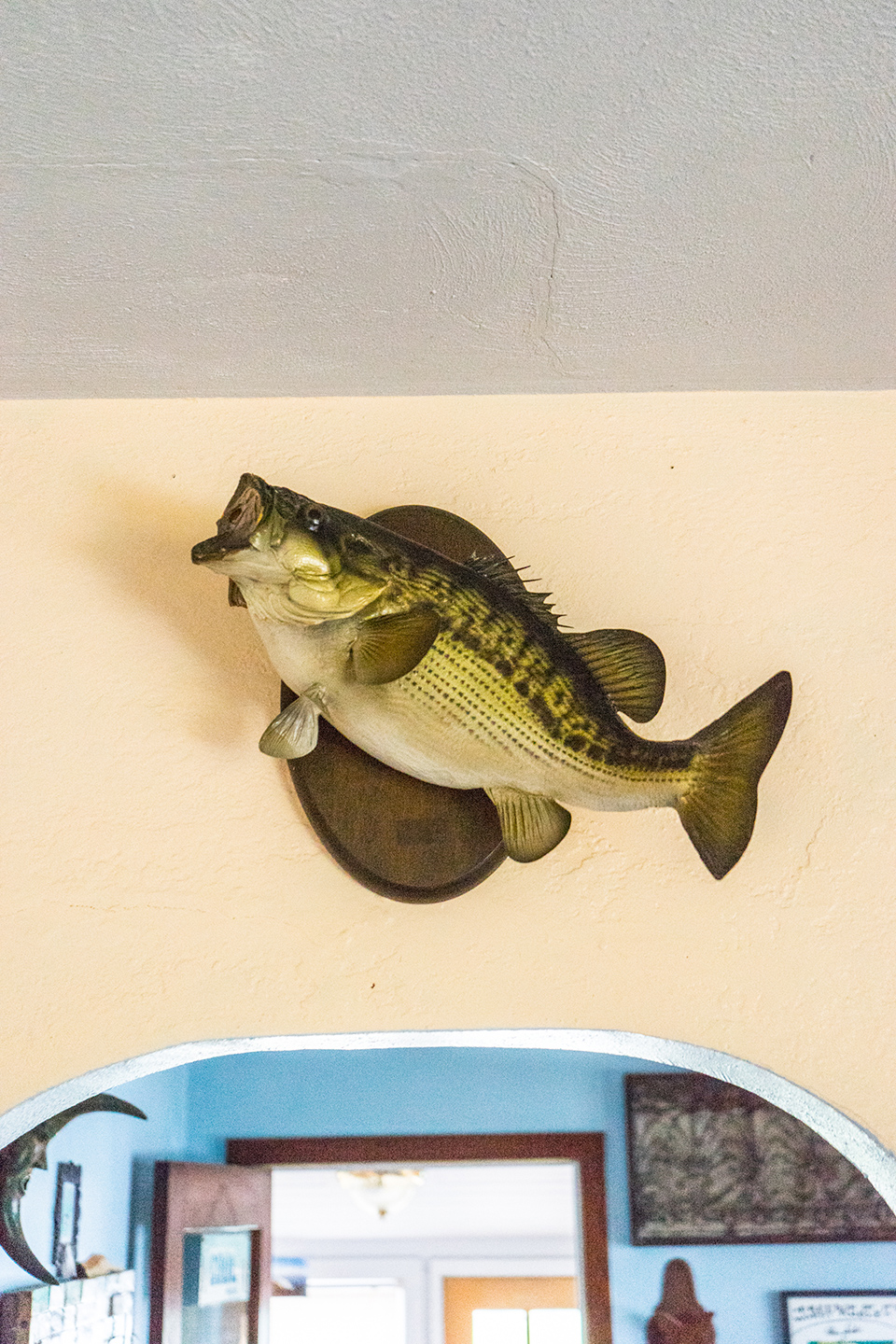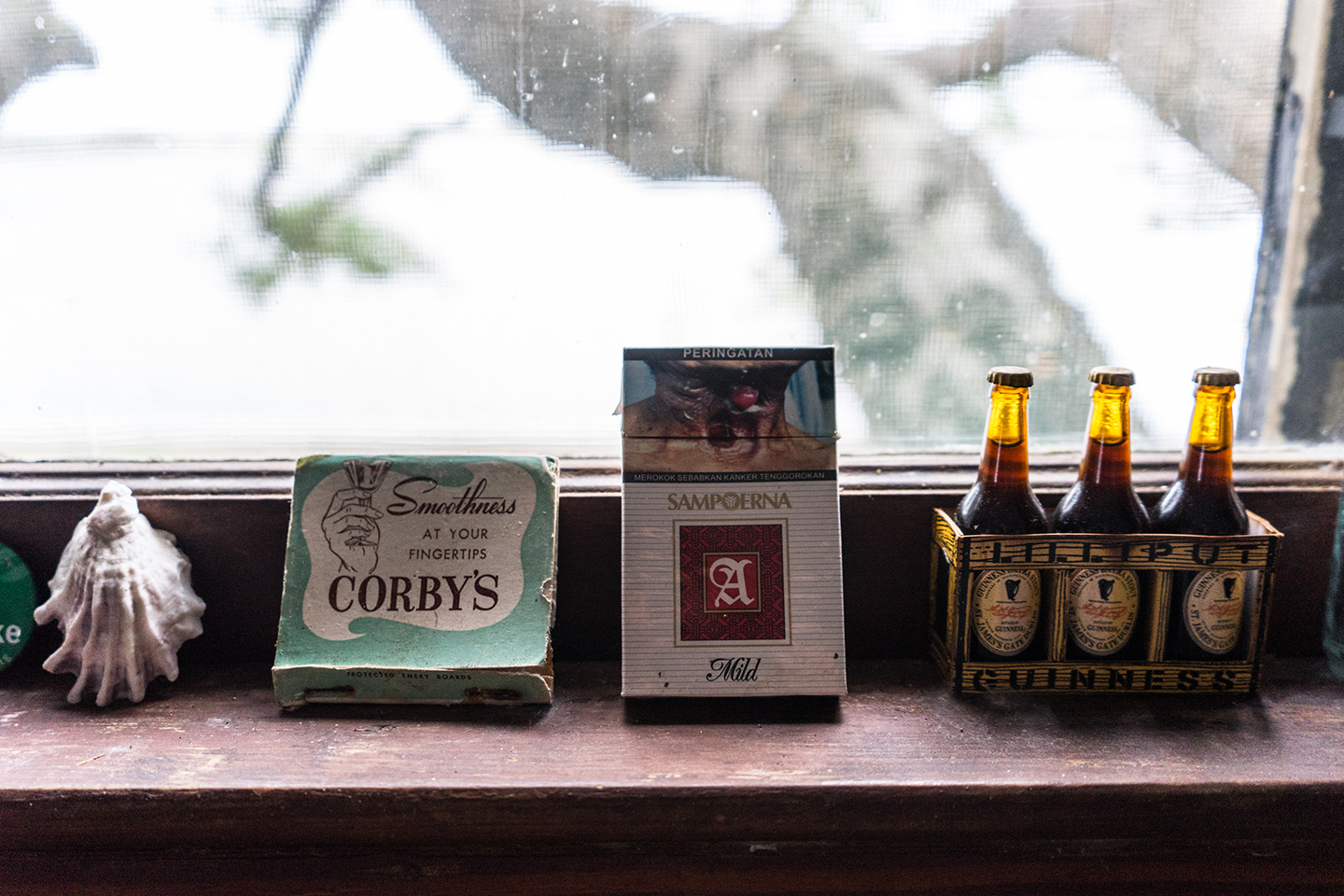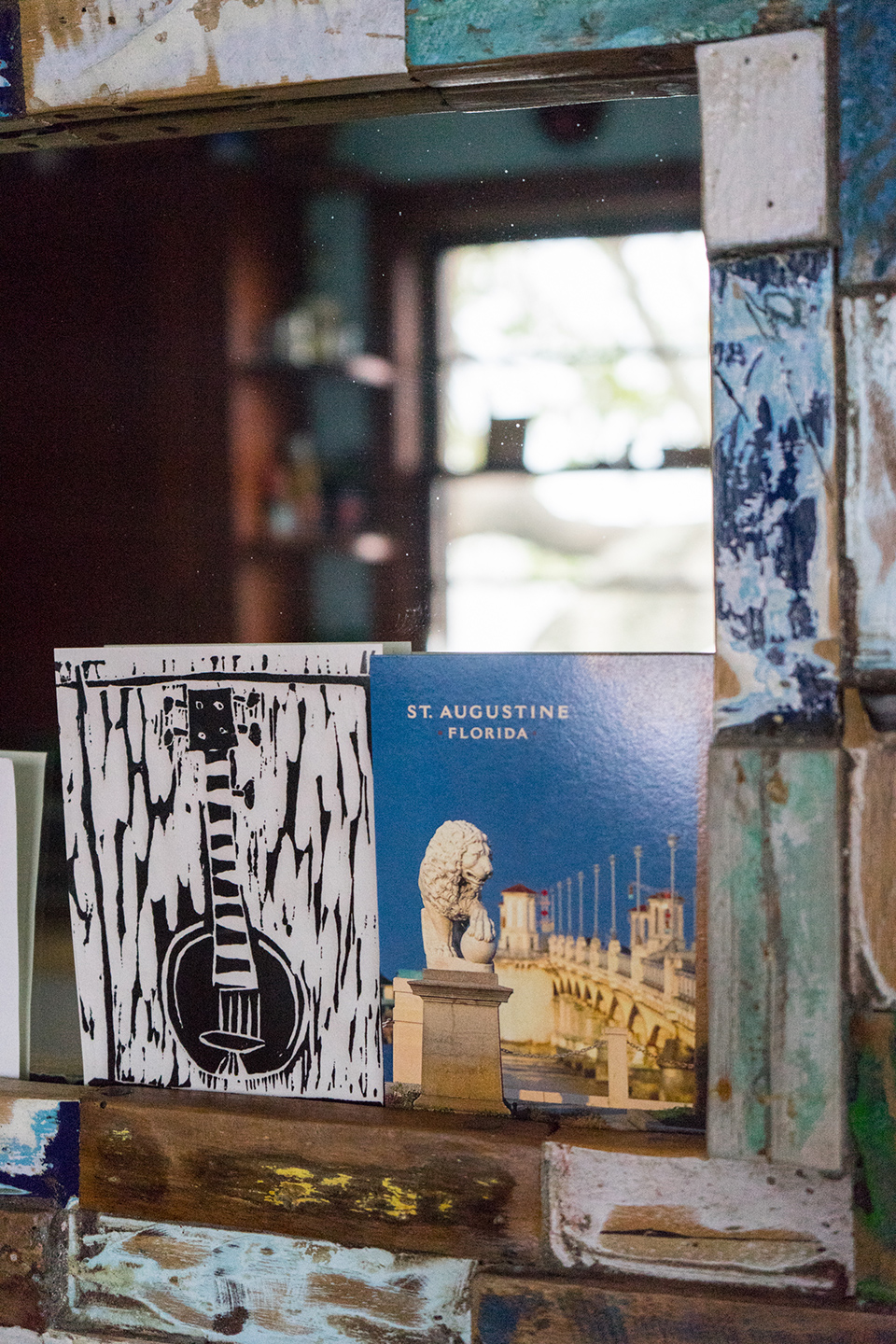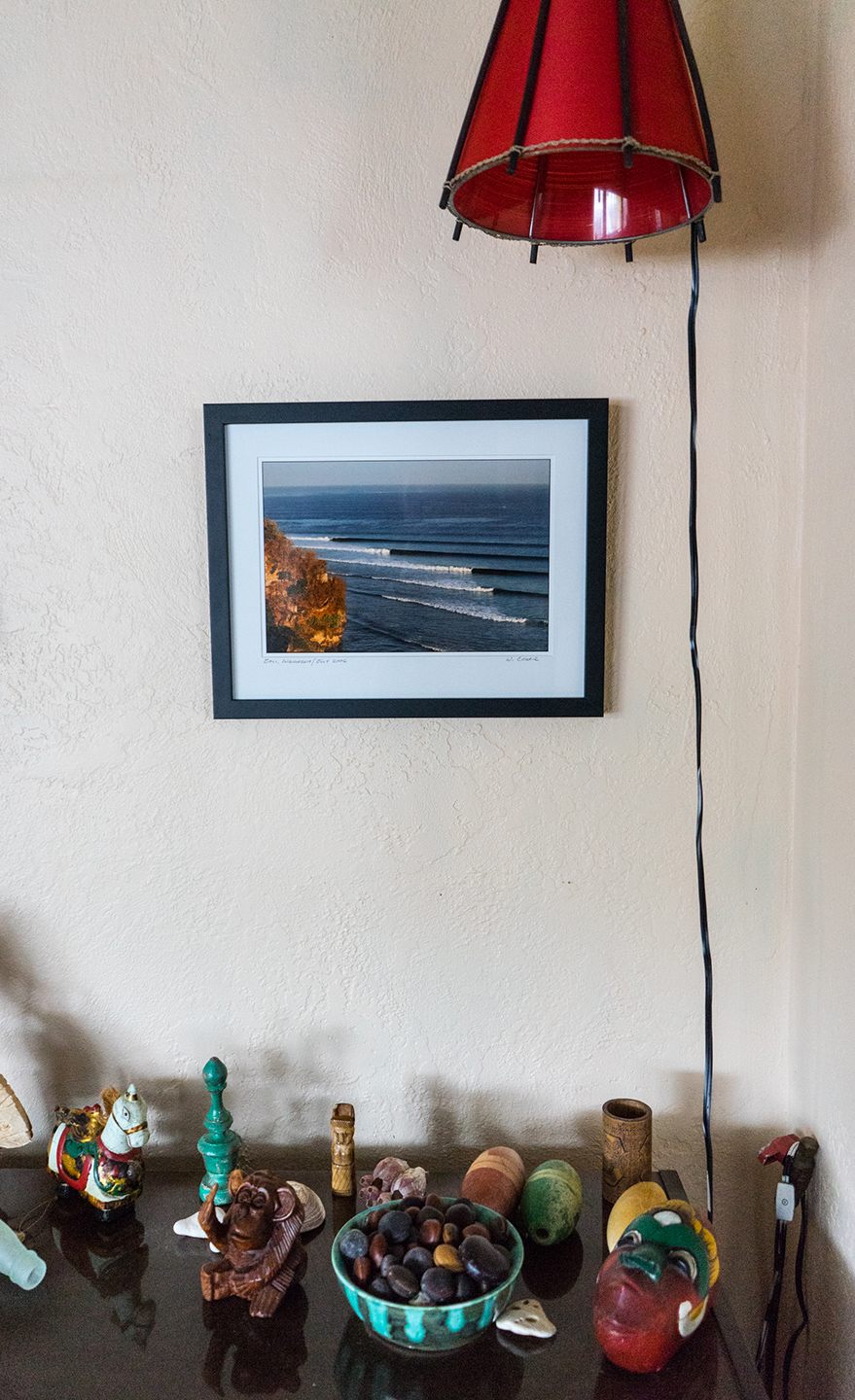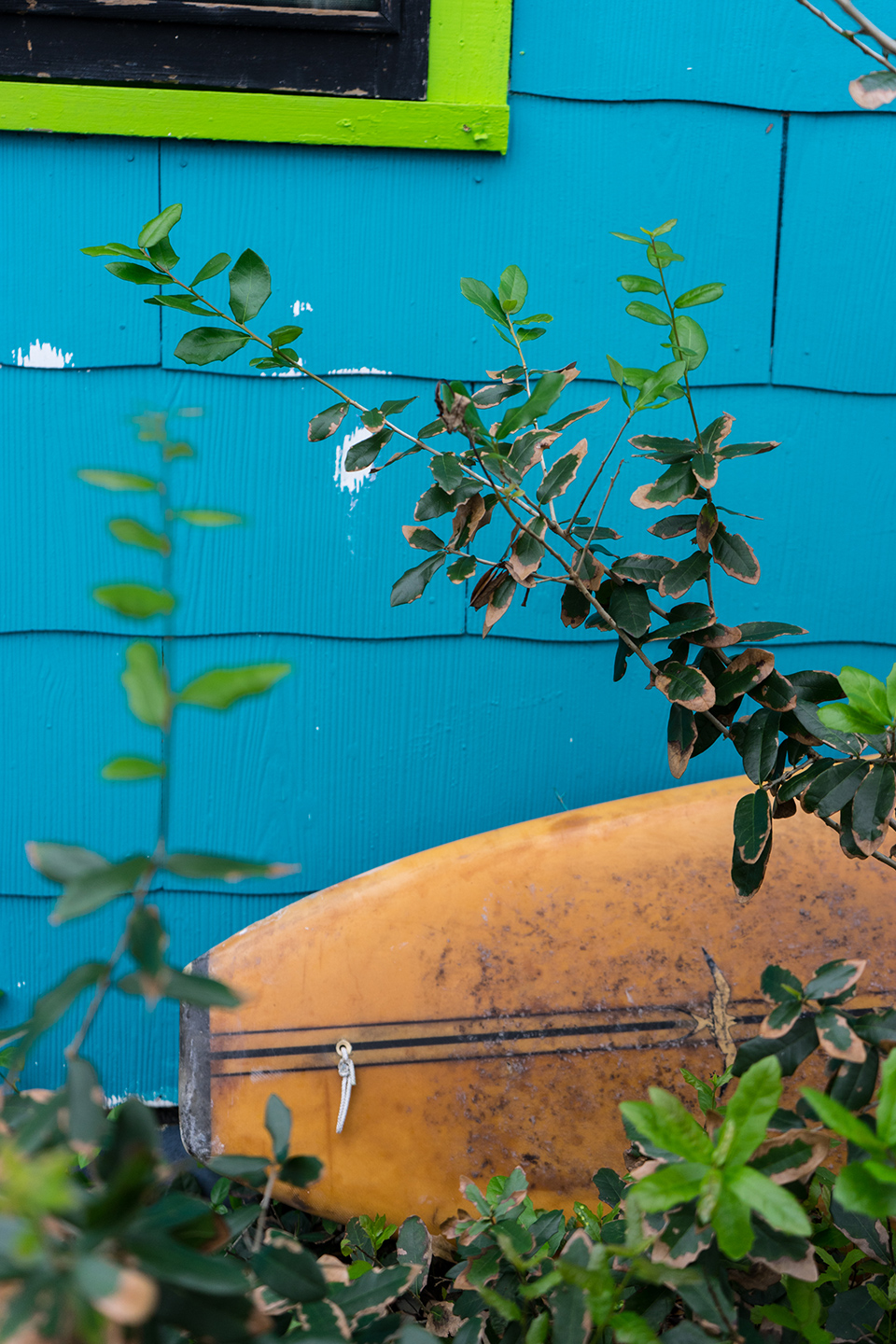Having been around and seen many negative changes (and perhaps not enough positive changes) what are some things that give you hope these days?
There always has to be hope, for without it, what is there? There are some wonderful young people doing great things here locally, both environmentally and socially. Peter Tosh wrote a song called “You Can’t Blame The Youth,” and it contains the lyric “Jah, Jah, call upon the youth, ’cause he know the youth is strong.” Most of my hope these days lies with the youth. And they are going to need strength, as there’s much to do, unfortunately.
On a different note, when I lived in St. A, I used to see your name everywhere as a photo credit — in local periodicals and on pictures on the wall at Surf Station. You seemed to be the unofficial / official photographer of the community here. How did you get into photography and photojournalism in the first place?
My dad was a hobbyist photographer, so I was around cameras a bit as a child. We would have slide shows of family vacations and his travels to exotic locales with the Air Force. I started surfing in 1969, and I got interested in shooting surfing not long after. My dad was traveling to Guam with the Air Force pretty regularly in those days, tracking space shots, and the base exchange there had great deals on Japanese cameras. He got me a Topcon Unirex and a 200mm telephoto lens, and that’s where it all began. A little later he got me a Nikonos ll amphibious camera, which was designed to shoot underwater, but I started swimming and shooting surfing with it.
My mom was a high school English teacher, so I was kind of predisposed to be good with spelling, grammar and language. When it came time to decide on a college major, photojournalism seemed like a good way to meld the two and make a go of it.
What about writing?
I can write, but I much prefer photography, mostly because I feel I’m much better at it. Writing is tortuous, and I’m rarely happy with what I’ve written. That said, I have managed to be published a few times with my stories and photos combined. I’m most proud of having made the pages of The Surfer’s Journal, a magazine I hold in high esteem, on three occasions.
As the photo editor of Folio Weekly you documented much of this area’s unique character. What were some of your favorite local St. A stories over the years?
Wow, that’s a tough one, so many! My career with Folio lasted 21 years, which seems crazy looking back on it. The stories I remember most were often the ones involving injustice, being a voice for the voiceless, be it a human being or a wild place. As an alternative weekly, we were the only publication digging up that kind of stuff. Alt-weeklies did journalism with a point of view, something this area wasn’t real used to. No one was untouchable to us, and we slayed a few dragons.
My co-worker Anne Schindler’s first story in 1995 exposed the migrant worker abuse going on in the agricultural areas around Hastings, just 20 miles from downtown St. Augustine. My portrait of a migrant worker named Chicago accompanied that story, and I saw that piece as kind of a turning point of my photography and Foiio’s coming of age, with hard-hitting journalism that demanded attention.
Of course St. Augustine has an ugly history of racism, and sadly, there are still vestiges of it around. We covered that in many ways, including a photo essay I did on West Augustine in 2001, a largely African-American community that didn’t then, and still doesn’t, receive nearly the infrastructure funding or services of the affluent white communities that surround it.
There was a time when the iconic Bridge of Lions was a hot topic. There was a movement to tear it down and build something bigger that would carry more vehicles, visual aesthetics be damned. We gave a strong voice to the preservationists, and they won that battle. Today, when I drive over that majestic bridge, I still get a sense of satisfaction knowing we played a small part in saving it.
